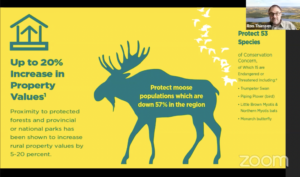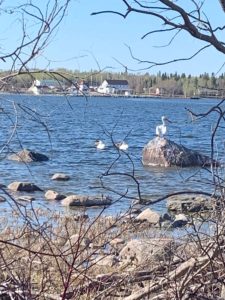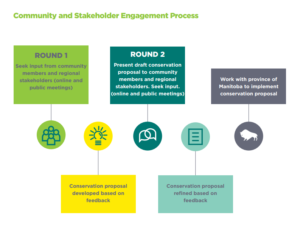As director of the Peguis First Nation’s Consultation and Special Projects Unit, and a trapper who has worked his grandfather’s trapline for the past 46 years, Mike Sutherland knows that conservation work requires us to be out on the land.
Under Sutherland’s leadership, the Peguis Consultation and Special Projects Office has participated in over 30 environmental projects at the regional, provincial, and federal levels, and has been instrumental in training Indigenous Monitors to conduct environmental and safety monitoring and incorporate Indigenous knowledge and perspectives into the monitoring of energy infrastructure.
Mike is also active in supporting land-based education programs and provides schools with “fur kits” to help youth learn to create traditional clothing and to understand how those practices are connected to trapping and hunting.
It was a natural fit for Mike to introduce the FRCN Conservation Areas Initiative to the Peguis community at an event held virtually on April 15, 2021.
The FRCN Conservation Areas Initiative aims to protect the health of our thriving natural landscape so it can continue to provide sustainable economic opportunities and to support our cherished lifestyles and cultures. The Initiative supports and complements the Fisher River Integrated Watershed Management Plan and the Icelandic River and Washow Bay Creek Integrated Watershed Management Plan.
This initiative is led by Fisher River Cree Nation in partnership with Peguis First Nation and the Manitoba chapter of the Canadian Parks and Wilderness Society (CPAWS). The partnership between FRCN and CPAWS began in 2006 and led to the creation of the 84,000 hectare Fisher Bay Provincial Park in 2011.
The initiative has the support of the governments of Canada and Manitoba.
Why Protection?
Disruption to the natural ecosystems within the Fisher Bay area can have significant impacts on ecosystem integrity and the traditional and land-based activities that sustain the communities there.
“We are doing this so our grandchildren’s grandchildren will be able to hunt, fish, and hike in the region. We are asking our neighbours to help us determine the best way to protect the beauty and natural richness of our region. The conservation plan we eventually propose to the government will contain no significant restrictions on recreational or subsistence activities such as hunting and fishing,” — Chief David Crate, FRCN
The Fisher Bay watershed provides an estimated $175 million in “ecosystem services” — functions that we will have to pay for if the natural environment cannot provide them.1. Peat lands in the region store more carbon per acre than any other ecosystem on land, on the planet. When peat lands are disturbed, carbon is released into the atmosphere, which further accelerates climate change.
The Fisher Bay area is also home to 53 species of concern, 15 of which are endangered or threatened, including the trumpeter swan, piping plover, monarch butterfly, and the little brown and northern myotis bats. Moose populations are also down 57 percent in the region, and the preservation of natural habitat is essential if we are to help protect and sustain these species.
Eco and cultural tourism are among the fastest growing industries in the world. The Interlake is already one of Manitoba’s most popular tourism destinations because of its beaches, cottages, and many opportunities for hunting, fishing, bird watching, and camping. New parks and/or protected areas would draw more tourists. Protected areas would also serve as breeding grounds for the wildlife which attract tourists.
The area is also important for protecting commercial and recreational fishing in Lake Winnipeg. The forests and wetlands serve as filters for damaging nutrients which are responsible for the algae blooms that sully the water and shoreline.
“Conserving a network of natural areas in the region is a key component to restoring the health of Lake Winnipeg,” said Ron Thiessen, Executive Director, CPAWS Manitoba.
As the initiative will also serve to indicate where conservation designations will not be placed, industrial resource extraction companies will have increased certainty regarding what areas may be options for their activities in the area.
How Can I Provide Feedback?
The FRCN Conservation Areas Initiative will present a number of opportunities for community members, stakeholders and rights holders, and the general public to provide feedback on their conservation priorities.
Currently, FRCN is conducting interviews with traditional knowledge holders in the area, to help highlight the natural and cultural functions of the area that are in need of protection.
General feedback can be provided anytime through the online comment form, and feedback collected during this early stage of knowledge-gathering will be used to develop materials for further discussion with community members in the Fisher Bay area prior to developing a draft conservation proposal for further feedback.
If you have questions about the initiative or require further information, please contact Elizabeth Murdock at (204) 645-4505 or Neil Bailey at [email protected].
1Such as flood control, water filtration, and pest control (through maintaining healthy populations of migratory birds).





